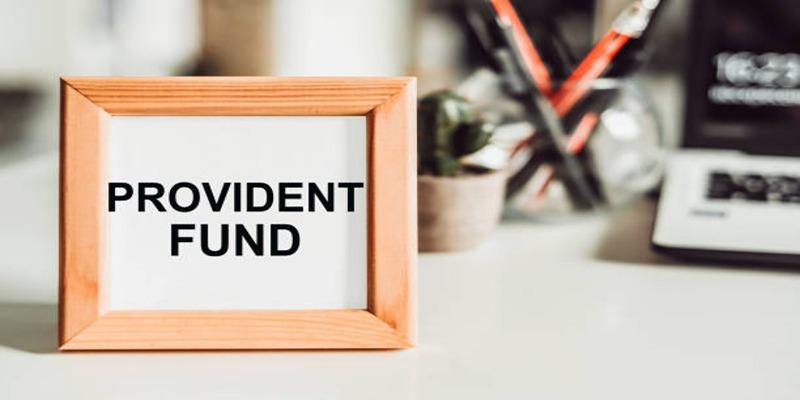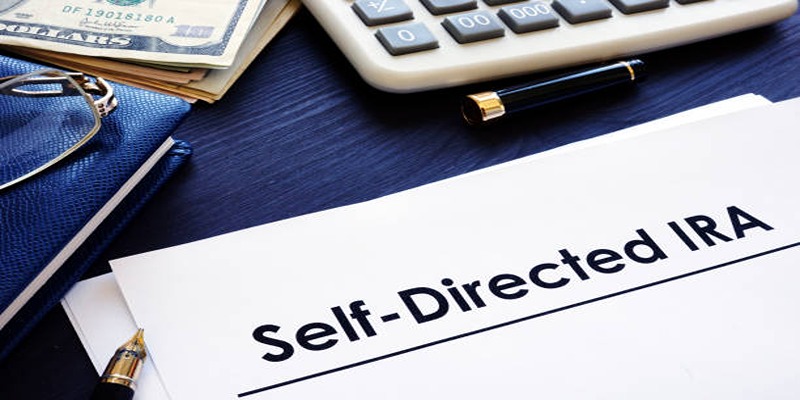Obtaining a government grant can be a game-changer for individuals and organizations seeking to fund their projects, research, or initiatives. However, the process of securing such grants often seems daunting and complex. This guide aims to demystify the journey towards successfully acquiring a government grant, offering step-by-step instructions, valuable tips, and insider insights. Whether you're a non-profit organization, a start-up, or an academic researcher, understanding the nuances of grant applications can significantly increase your chances of success.
The eligibility criteria are the cornerstone for any successful grant application. Different grants come with specific requirements tailored to favour particular types of projects or recipients. It's essential to thoroughly review the grant guidelines to ensure you meet all prerequisites such as geographic location, project scope, organization type, and financial need. Missing or misunderstanding these criteria can lead to disqualification, wasting time and resources. Grasping these fundamentals will help you determine your suitability for the grant and streamline your efforts towards more promising opportunities.

Before diving into the application process, gather and prepare all necessary documents. Here are the key areas to focus on:
The project proposal is a cornerstone document that outlines the objectives, methodology, timeline, and anticipated outcomes of your project. Clear and concise, this document should compellingly argue why your project deserves funding. It includes a background of the problem or need being addressed, detailed steps on how the project will be executed, and evidence that supports the feasibility and impact of the project. Remember to align your proposal with the grant's goals to make a stronger case.
A comprehensive budget plan is essential to demonstrate how the grant funds will be utilized. This should include a detailed breakdown of expenses, categorized by areas such as personnel, equipment, materials, and administrative costs. Its crucial to be precise and transparent, showing how every dollar will contribute to achieving the project's objectives. Additionally, consider including a section on contingency planning to show foresight and readiness to tackle unforeseen challenges.
Providing detailed information about your organization is crucial to establish credibility and capability. Include a brief history, mission statement, key accomplishments, and an overview of your teams qualifications. If applicable, highlight past projects and their impacts, especially those funded by grants. This not only demonstrates your organization's experience and reliability but also builds trust with the grant reviewers.
Letters of support from partners, stakeholders, or community members can significantly bolster your grant application. These letters should emphasize the importance and potential impact of your project, and advocate for your organization's capability to execute it successfully. Select supporters who have a strong vested interest in your project and can articulate their position convincingly.
Most government grants require proof of compliance with certain regulations and standards. This can include certifications, permits, and other legal documents that affirm your organization's legitimacy and adherence to relevant laws. Ensuring these documents are current and readily accessible will expedite the application process and prevent any legal hiccups.

Crafting a compelling proposal involves meticulous planning and strategic articulation of your project's merits. Begin with an engaging executive summary that encapsulates the essence of your project, highlighting its significance and expected outcomes. Follow this with a detailed project narrative, where you delve into the problem statement, objectives, methodology, and anticipated results. Support your narrative with data and evidence to reinforce your project's credibility and potential impact. Incorporate visuals such as charts and graphs to make complex information more digestible.
Conclude with a strong closing statement that reiterates the project's value and aligns it with the grant's goals. Proofread thoroughly to avoid any grammatical errors or inconsistencies. Remember, clarity and precision are key; a well-structured, compelling proposal can significantly enhance your chances of securing the grant.
The grant application process can be intricate and varies depending on the organization issuing the grant. Familiarize yourself with the specific steps and deadlines outlined in the grant guidelines, and ensure all required documents are in order before submission. Pay close attention to formatting requirements and adhere to page limits, font specifications, and other technicalities to avoid disqualification on a minor technicality.
Utilize any provided checklists to confirm that all sections of your application are complete. Once submitted keep a copy of your application and track its status through the review process. Stay prepared to provide additional information or clarification if requested by the reviewers. Understanding and navigating this process meticulously can significantly enhance your prospects of securing the desired grant and achieving your project's objectives.
Following up after the submission of your grant application is an essential step in the process. Here are the key actions to take:
Submitting a grant application is only part of the journey. Post-submission follow-up is crucial to maintaining momentum and demonstrating your commitment. Start by verifying that your application has been received. Acknowledgement of receipt avoids any chance of your application going unnoticed due to technical issues. Be aware of the review process timeline, as this helps you manage your expectations and plan subsequent actions. Keeping contact details of key personnel at the granting organization is essential for timely updates or clarifications. If your application isn't successful, seek feedback to improve future submissions. Constructive criticism can greatly enhance your next attempt. Lastly, consider this an opportunity to build a lasting relationship with the grant-giving organization, as this networking can be advantageous for future funding opportunities.

By Sean William/May 28, 2024

By Triston Martin/Mar 06, 2024

By Susan Kelly/Feb 20, 2024

By Susan Kelly/May 16, 2024

By Juliana Daniel/May 30, 2024

By Sean William/May 30, 2024

By Triston Martin/Mar 22, 2024

By Sean William/May 28, 2024

By Triston Martin/Apr 17, 2024

By Triston Martin/Feb 19, 2024

By Susan Kelly/Apr 01, 2024

By Susan Kelly/Mar 05, 2024